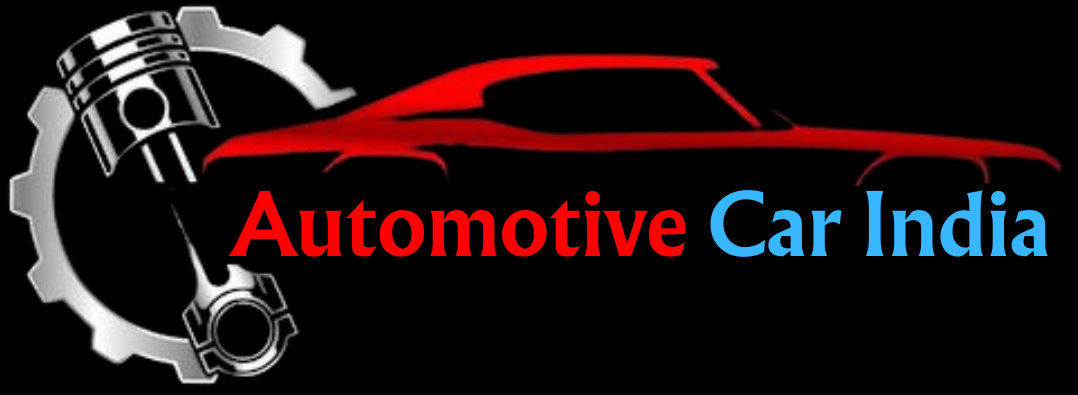
Causes and Signs of Damage to the Reverse-Axle Clutch
Graphics

The clutch is a critical component in vehicles, consisting of two parts: inner and outer clutch. It transmits power from the transmission to the wheel axle.
Signs of Clutch Damage:
1. Crackling sounds, especially when turning
2. Grinding or screeching noises
3. Clutch slipping or shuddering
4. Difficulty shifting gears
5. Complete loss of mobility (wheels won’t move)
Reasons for Clutch Damage:
1. Expired useful life
2. Frequent driving on unpaved roads
3. Grease leakage due to damaged rubber seals
4. Dirt leakage inside the clutch
5. Excessive steering wheel rotation
6. Aggressive driving (e.g., rapid acceleration)
7. Poor maintenance
Consequences of Neglecting Clutch Maintenance:
1. Sudden loss of mobility
2. Costly repairs or replacement
3. Reduced vehicle performance
4. Increased risk of accidents
How to Maintain the Clutch:*
1. Avoid aggressive driving (e.g., rapid acceleration)
2. Periodic inspection of clutch pads
3. Check for grease leakage
4. Replace damaged or worn-out clutch pads
5. Use original, approved replacement parts
6. Avoid driving on unpaved roads excessively
7. Regularly check and maintain transmission fluid levels
8. Avoid excessive steering wheel rotation
Best Practices:
1. Follow manufacturer-recommended maintenance schedules
2. Monitor clutch performance and address issues promptly
3. Avoid overloading the vehicle
4. Use proper driving techniques (e.g., smooth acceleration)
Replacement Considerations:
1. Replace clutch assembly if damaged
2. Choose original, approved replacement parts
3. Consider upgrading to heavy-duty clutch pads
4. Consult a professional mechanic for installation
By following these guidelines, you can extend the lifespan of your vehicle’s clutch and ensure optimal performance.

More Stories
Diesel vs. Petrol: Which Fuel is Right for You? 🚗⚙️
Choosing between diesel and petrol depends on how you drive. Here's a quick comparison: 🔧 Diesel: ✅ More energy-dense ✅...
understanding your vehicle’s warning and indicator lights:
📖The image displays common car dashboard symbols and their meanings, providing a visual guide to understanding your vehicle's warning and...
Understanding Car Fuses and Fuse Box Symbols
🚗 Graphics 🔧 Ever wondered about the role of fuses in your car? These small yet essential components play a...
Features of the MacPherson Strut Suspension System
Particularly for smaller automobiles, the MacPherson strut is one of the most often used vehicle suspension systems among manufacturers. Drivers...
The Pressure Plate: An Essential Part of the Clutch System in Your Car
The Pressure Plate The pressure plate is one of the most crucial parts of the clutch system in your car,...
How to Wash Your Car Like a Pro: A Step-by-Step Guide
Wash Your Car Like a Pro Keeping your automobile clean is more than just about aesthetics—it's vital for preserving the...



Average Rating